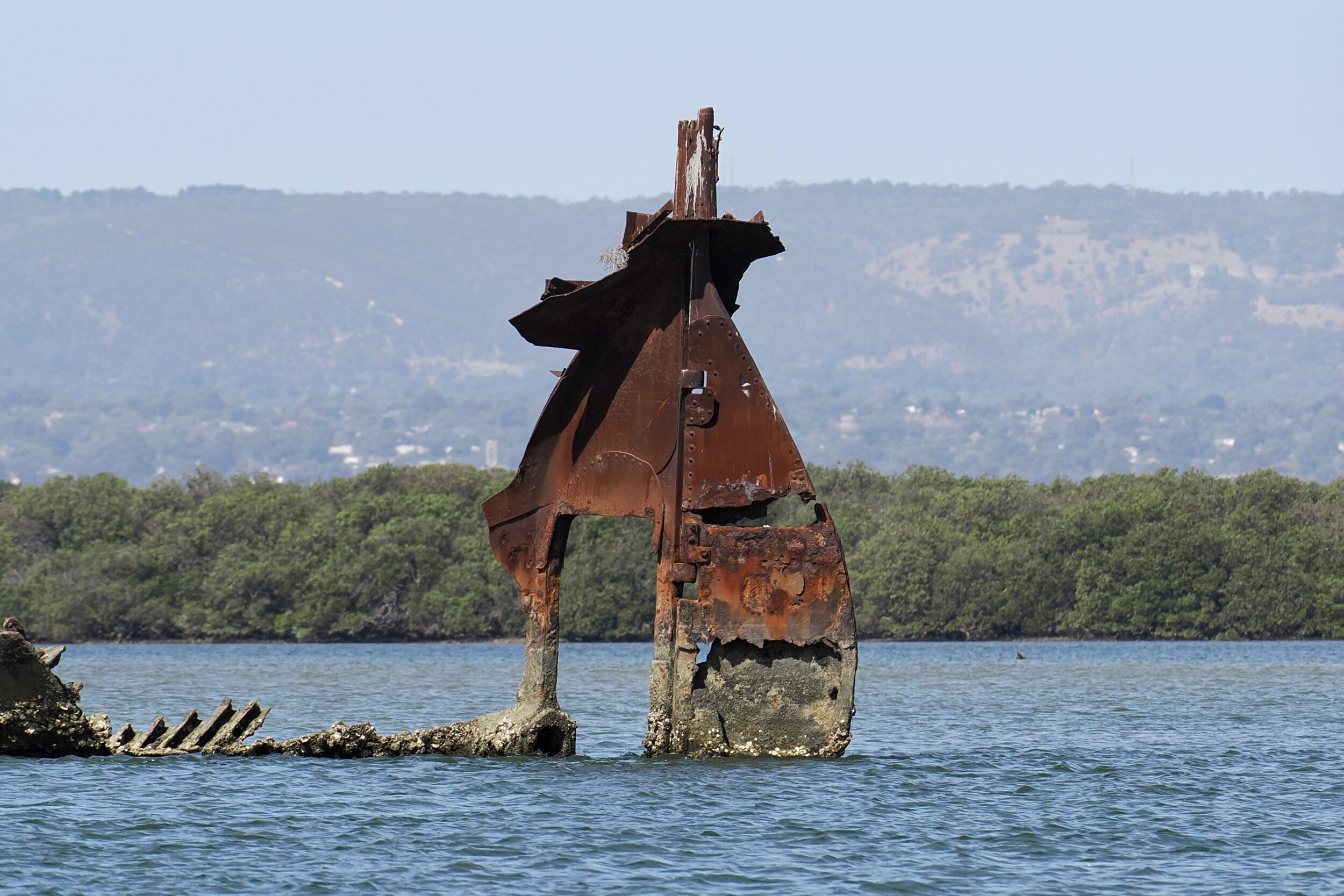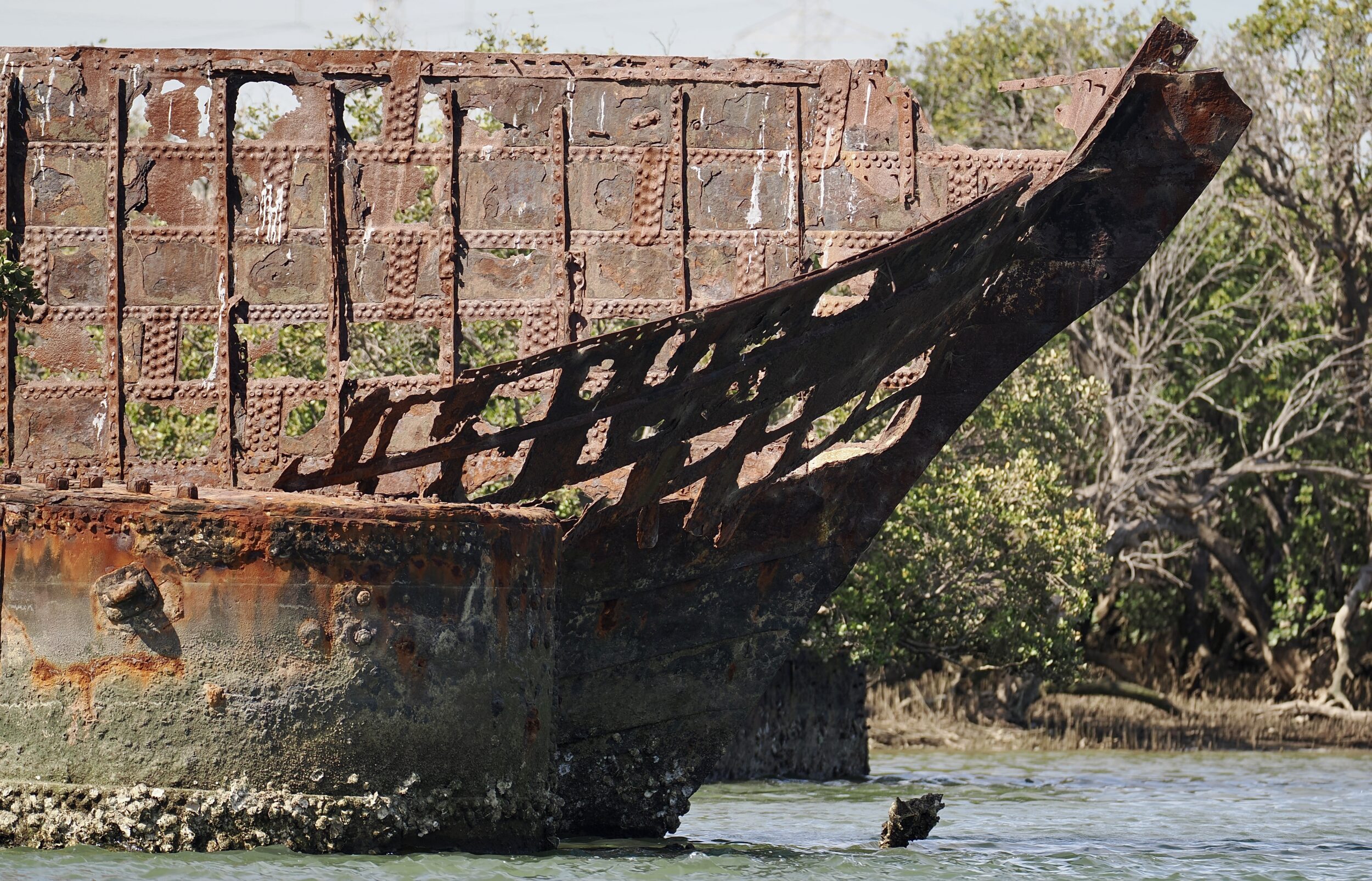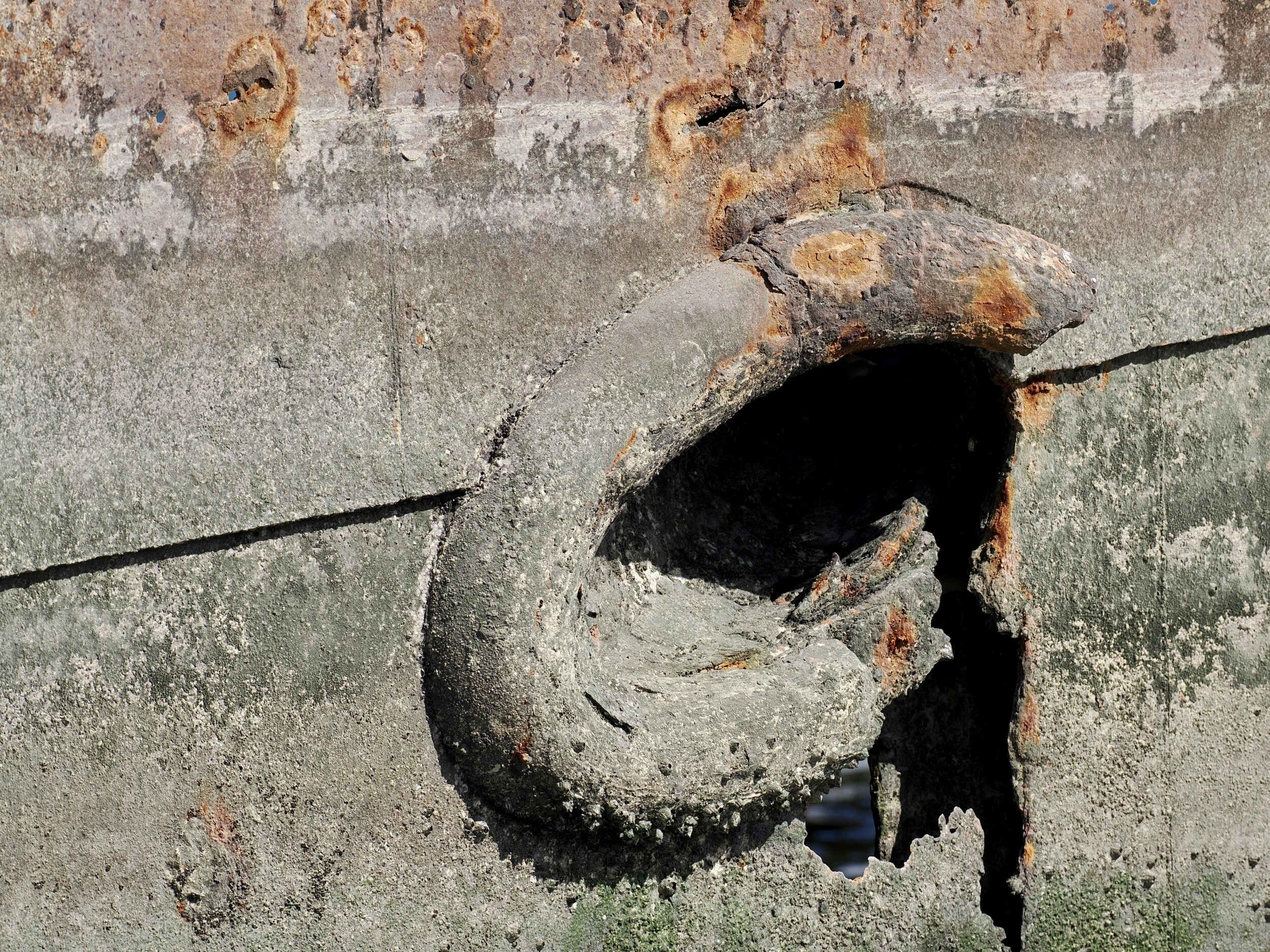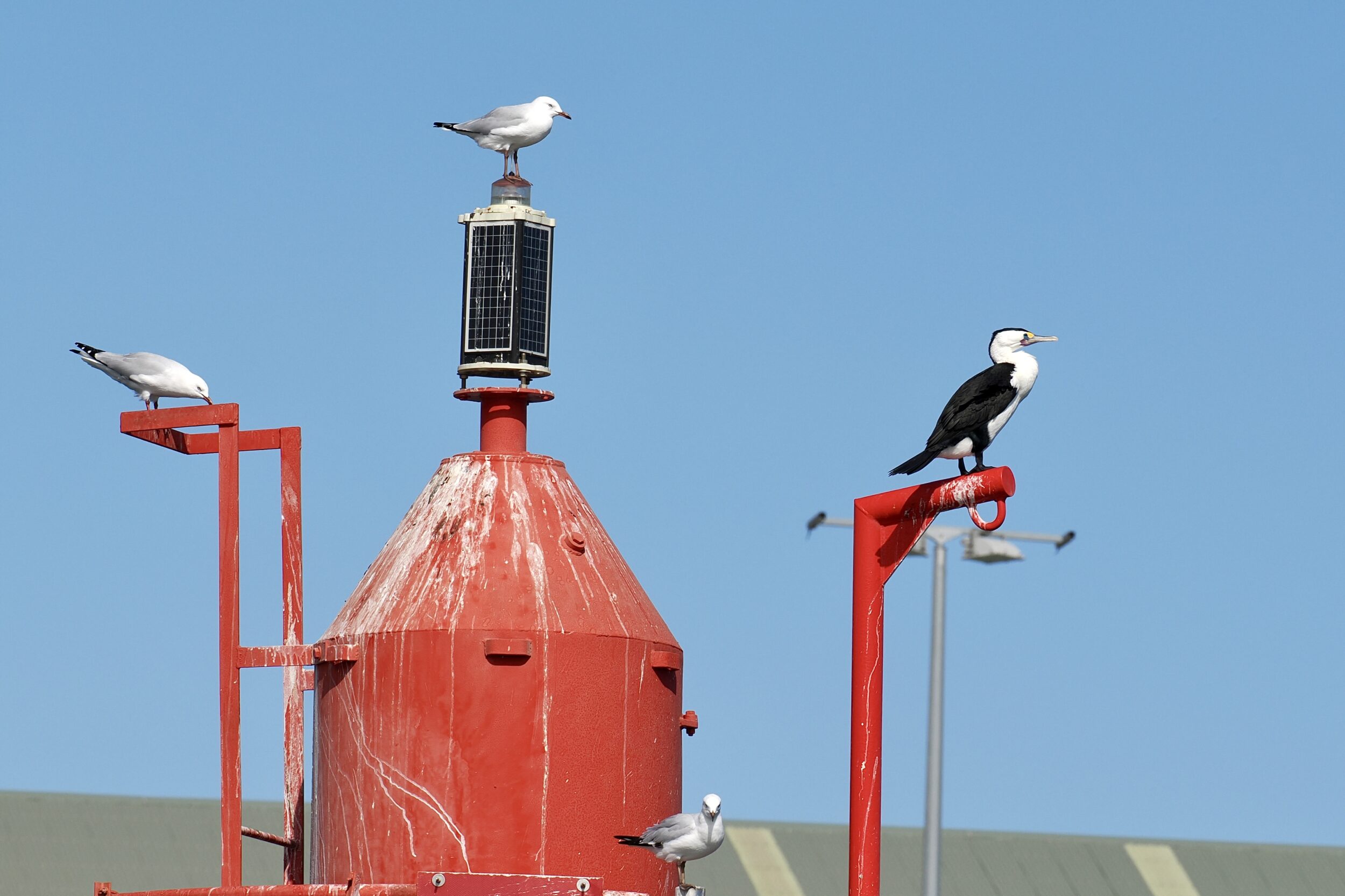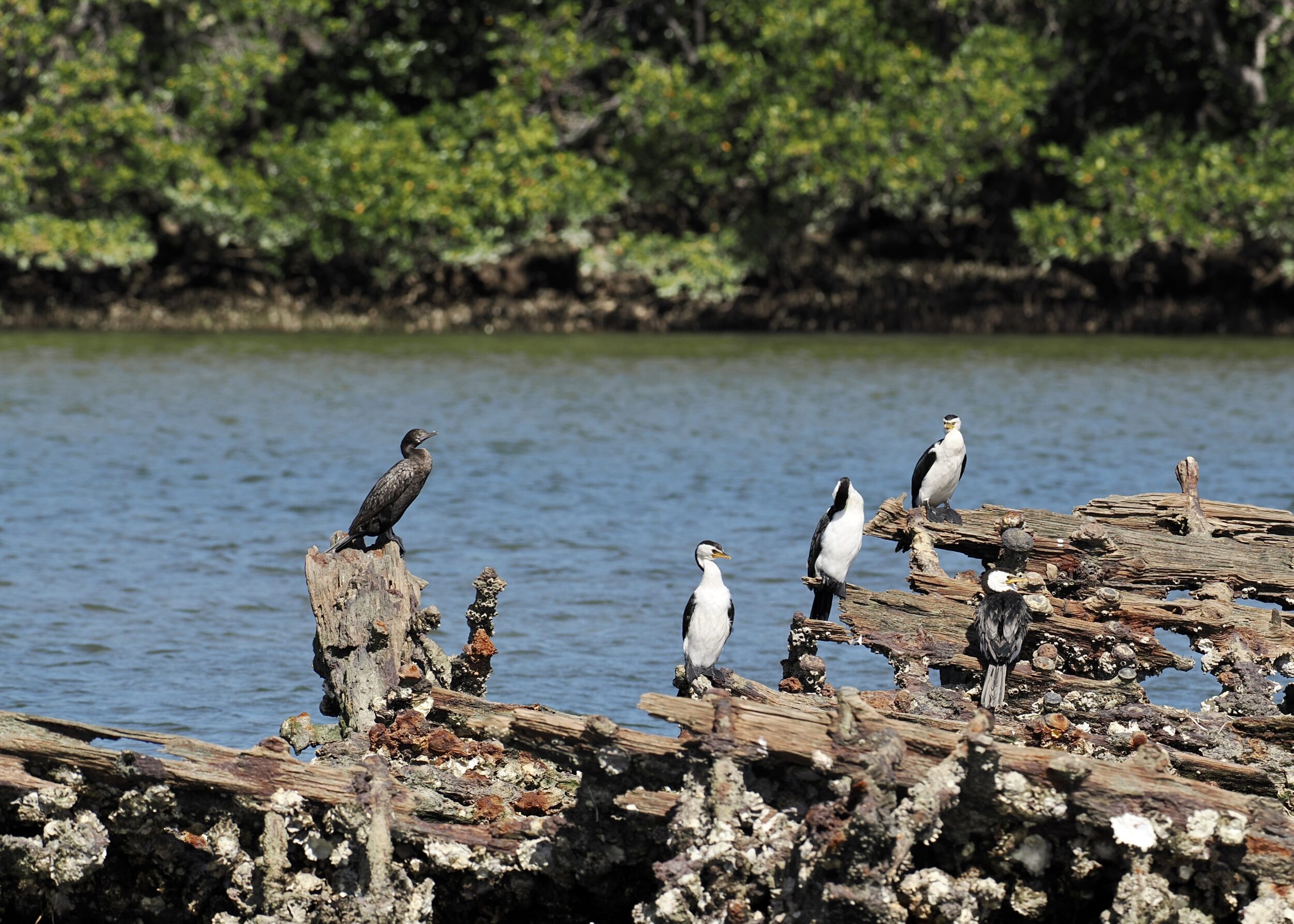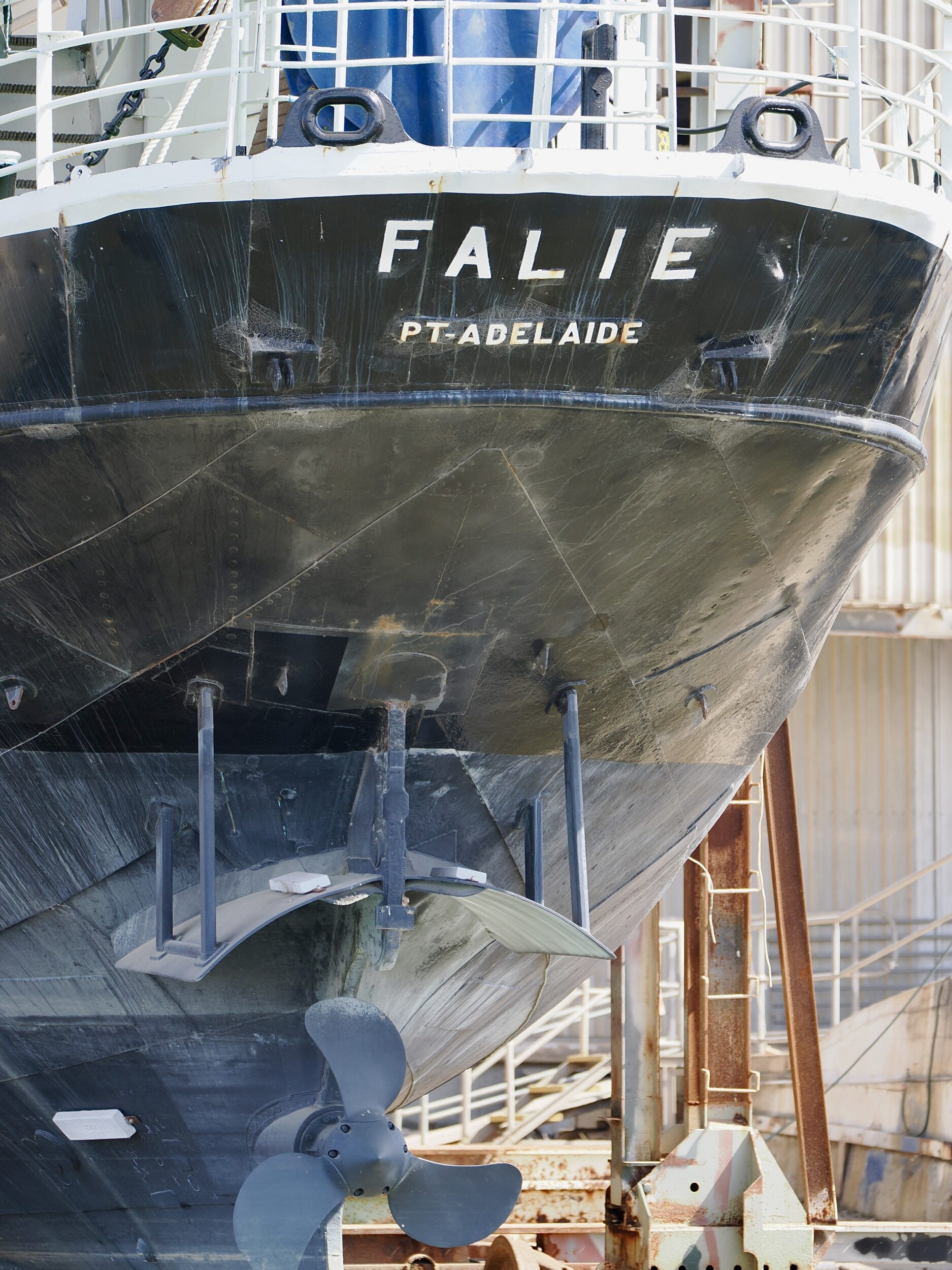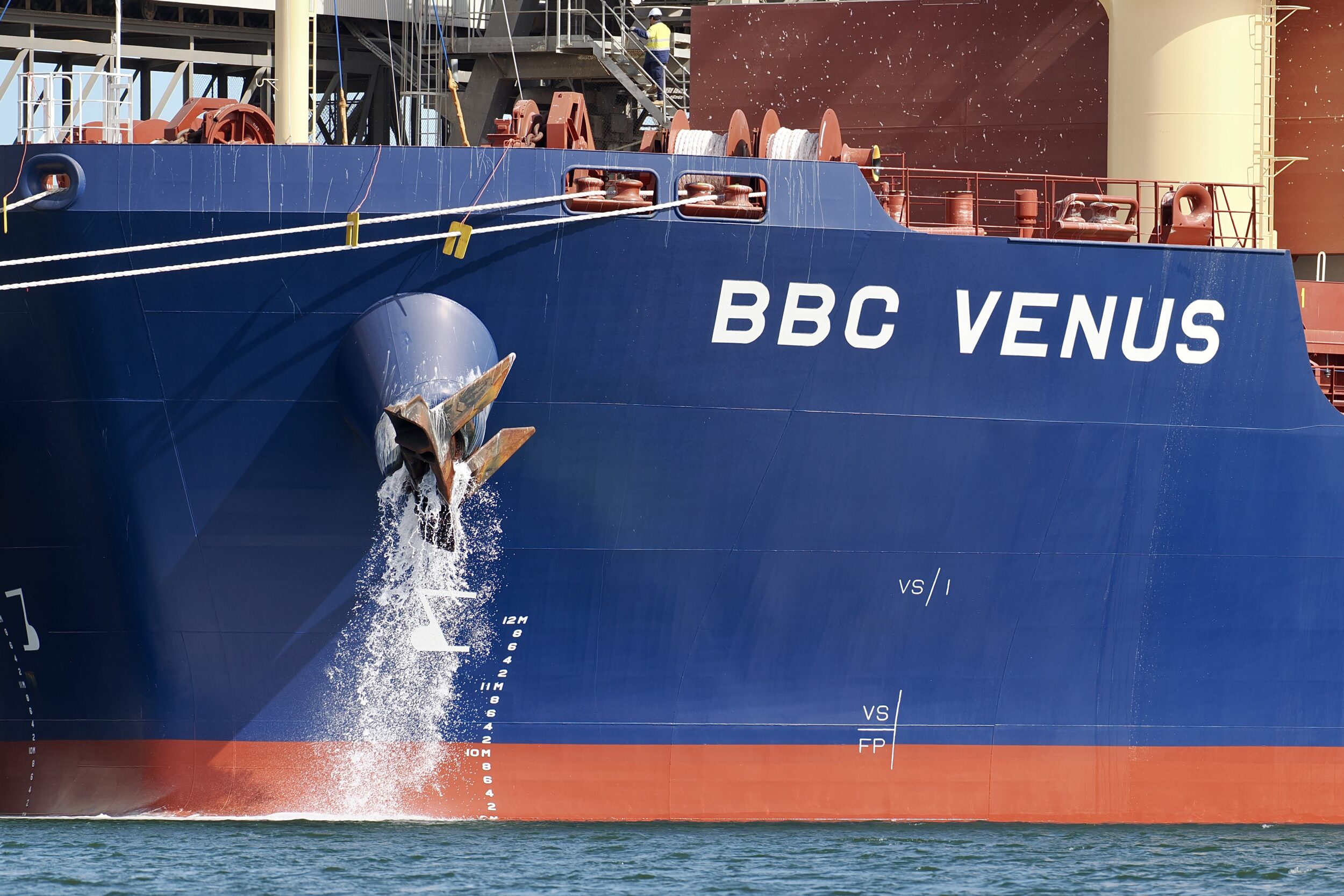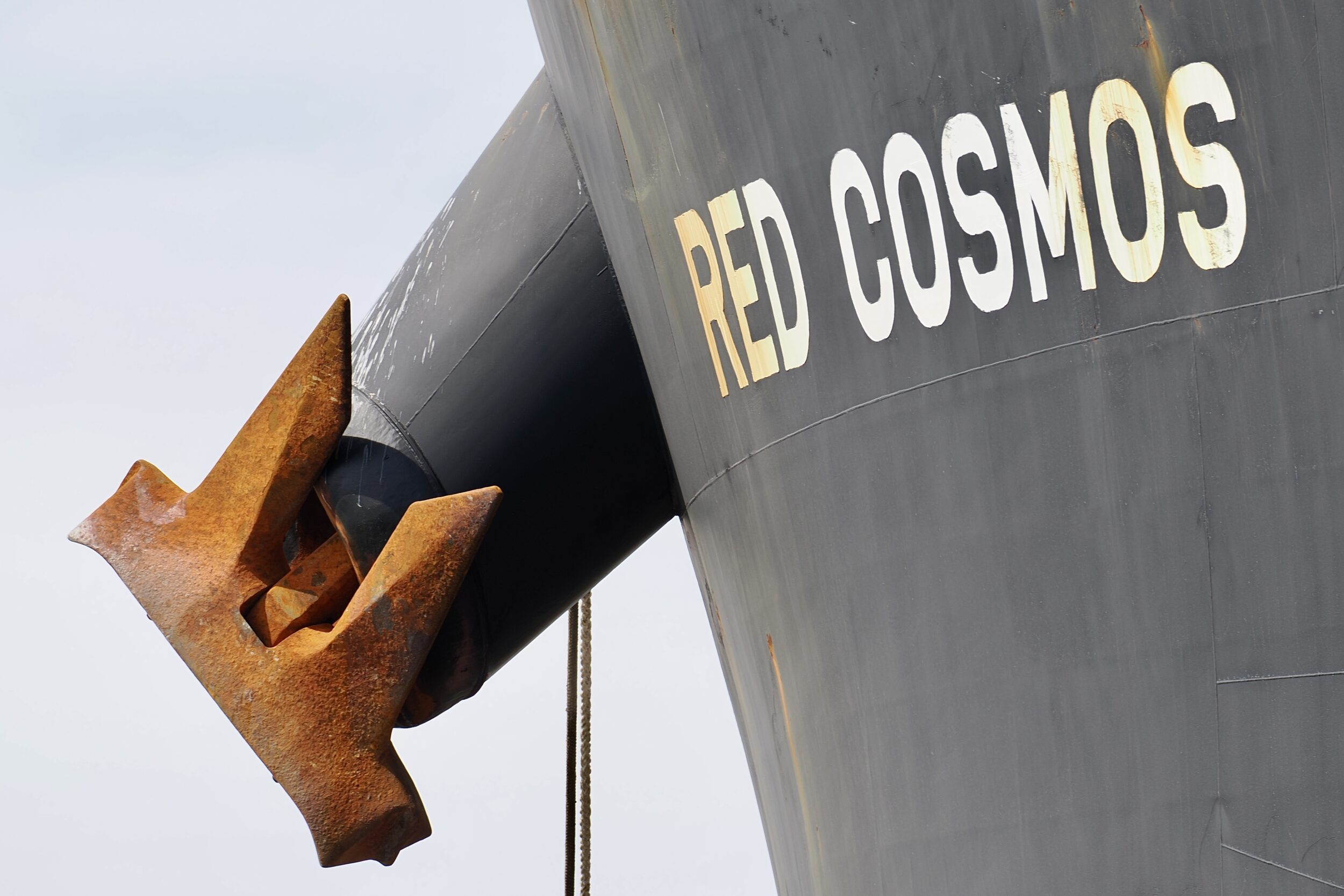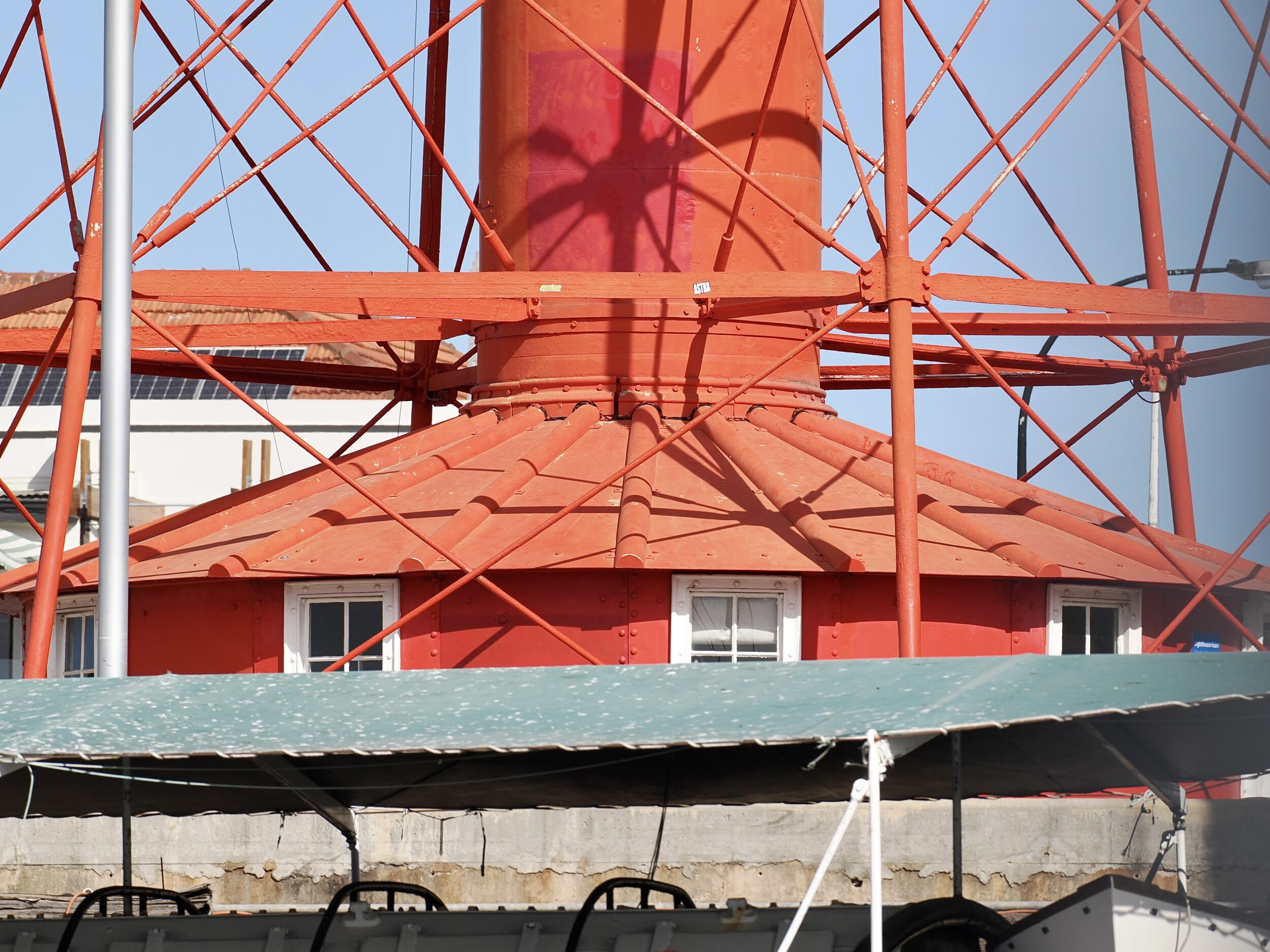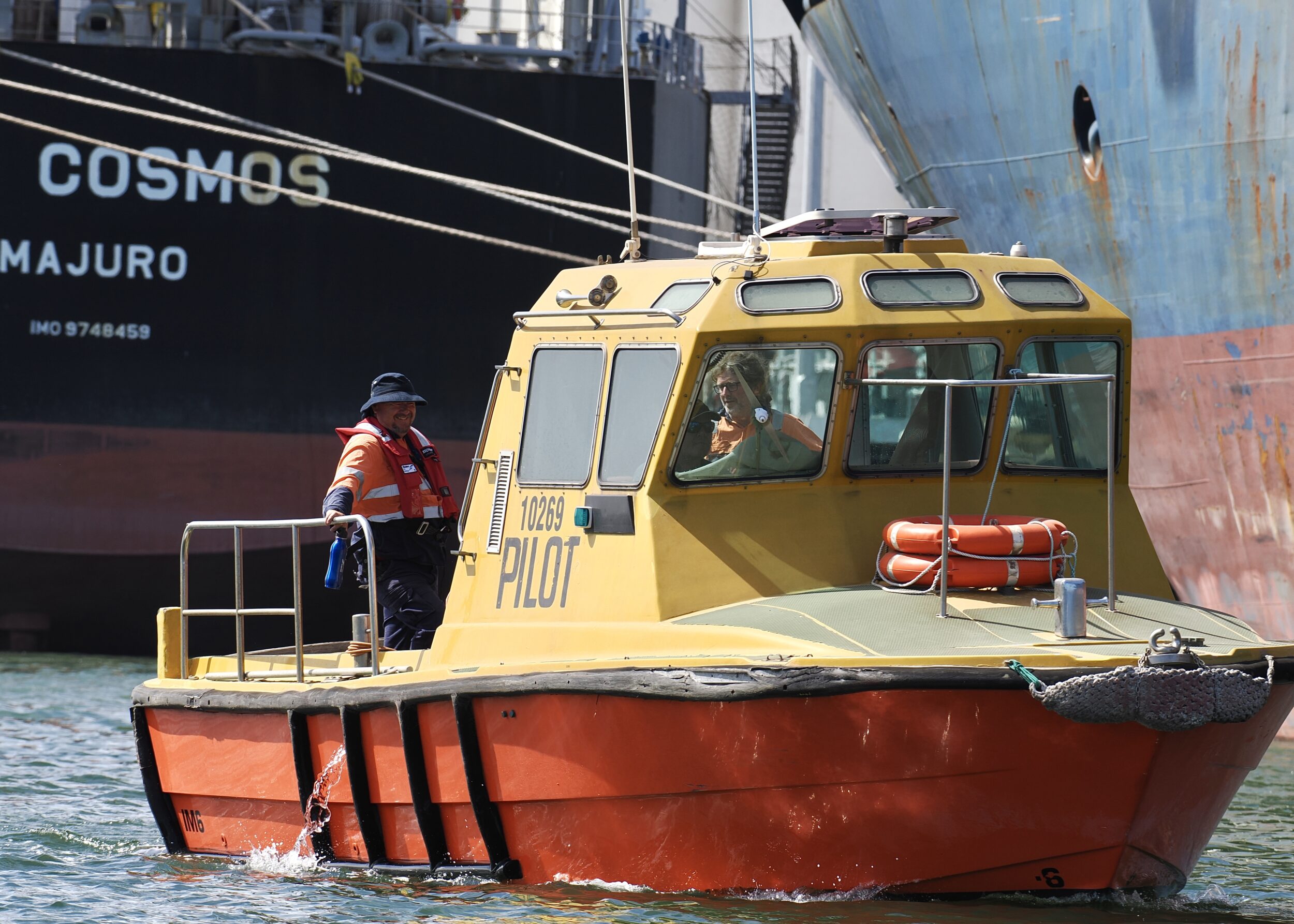You are looking at the most readily-recognisable of the Garden Island Ships’ Graveyard’s 25 wrecks.
Most of this one has either corroded away, become enshrouded by mangroves, or been submerged in silt, but the remnants of its sternpost and rudder still stand tall.
The screw steamer Glaucus was built in Sunderland, England in 1878.
From the 1880s until the early 1930s it worked in Australian waters – initially as a very accident-prone coastal trader, then as a grain storage hulk.
Glaucus’s final accident led to its beaching in a ships’ graveyard, rather than it being broken up and its iron salvaged.
Comments closed